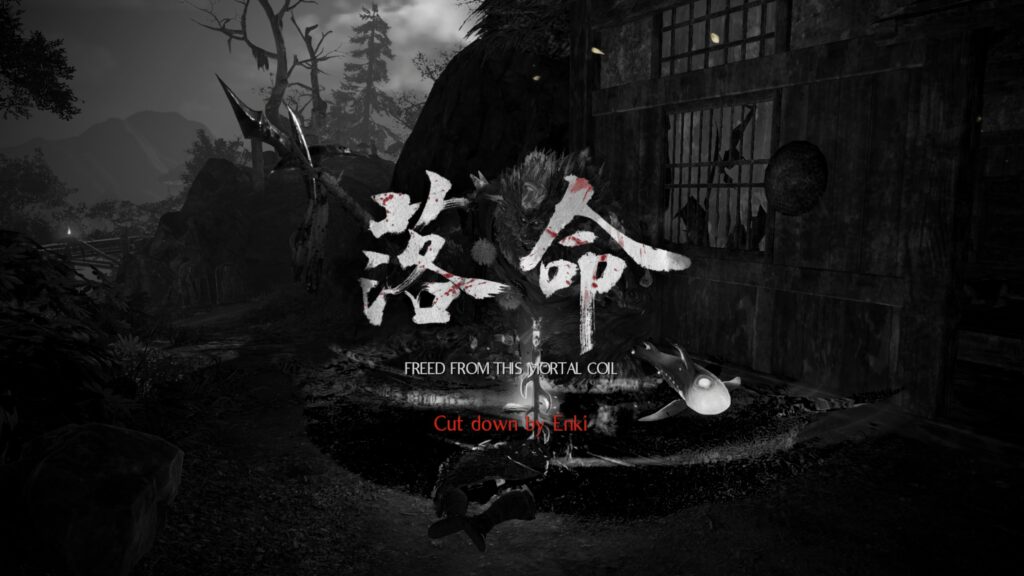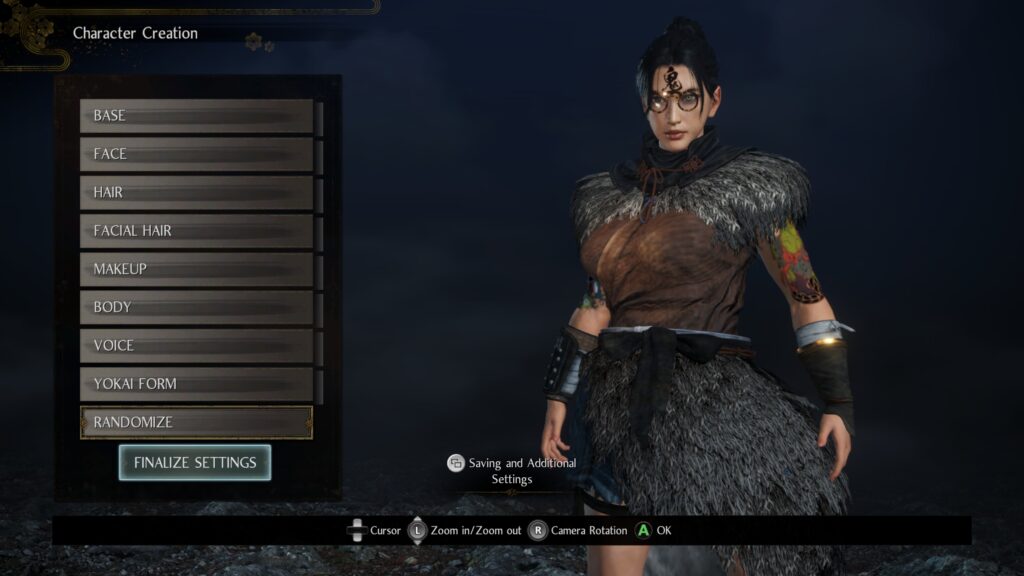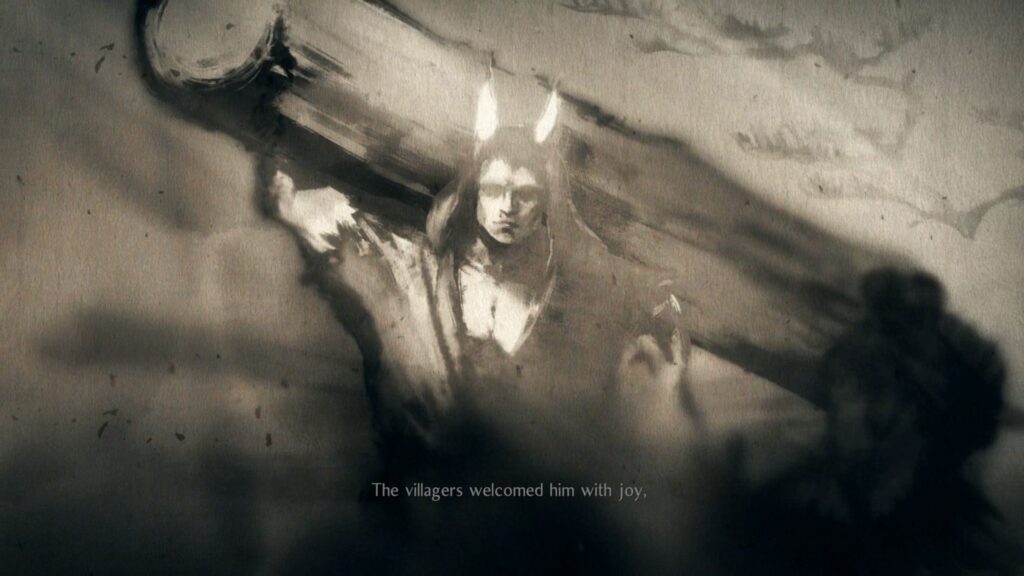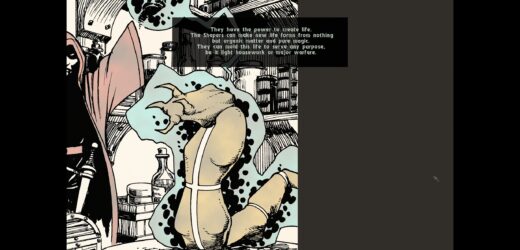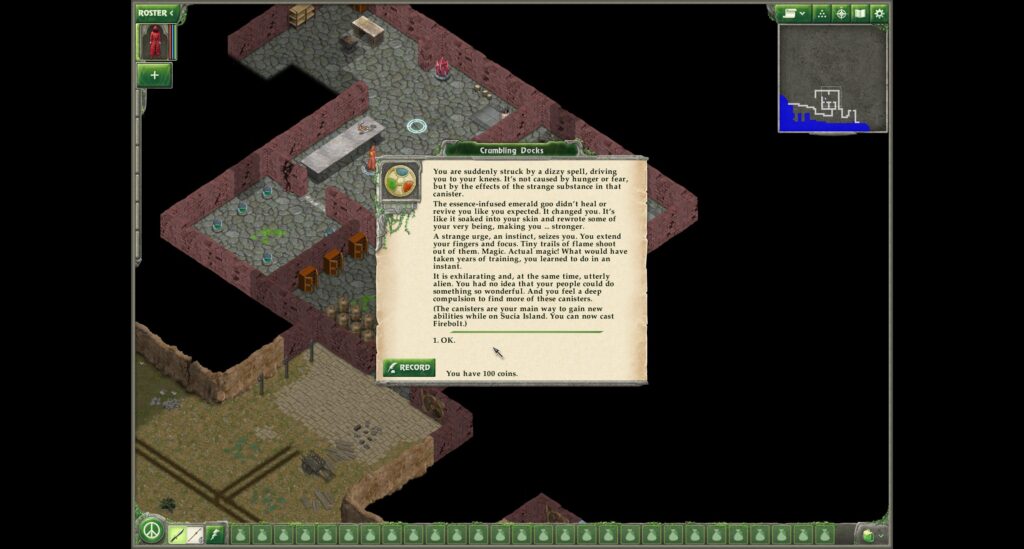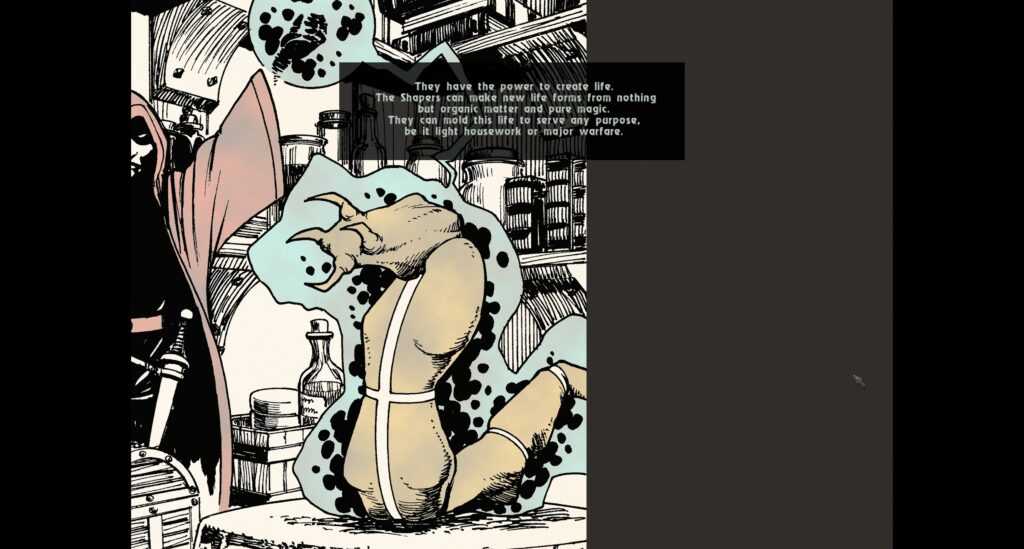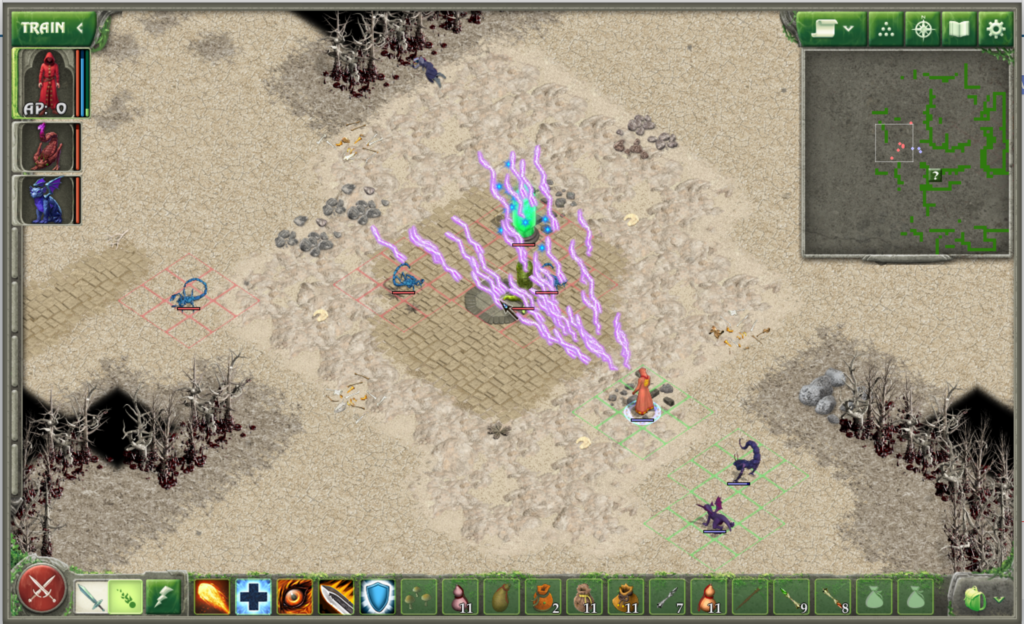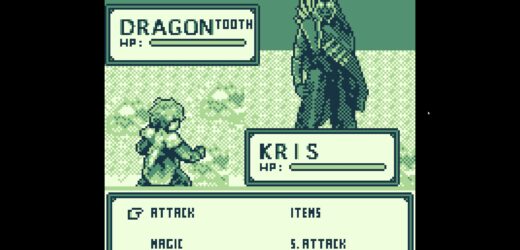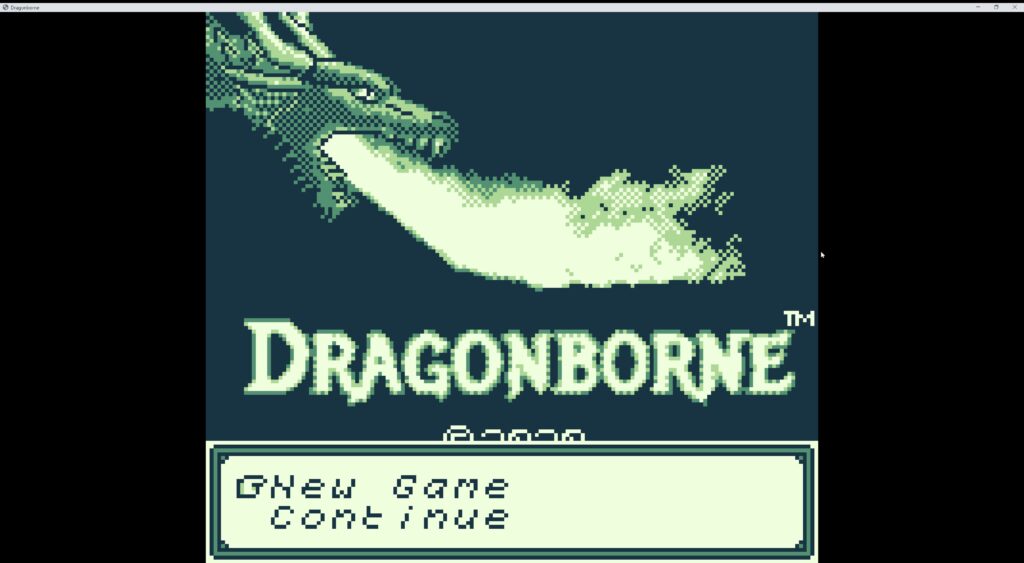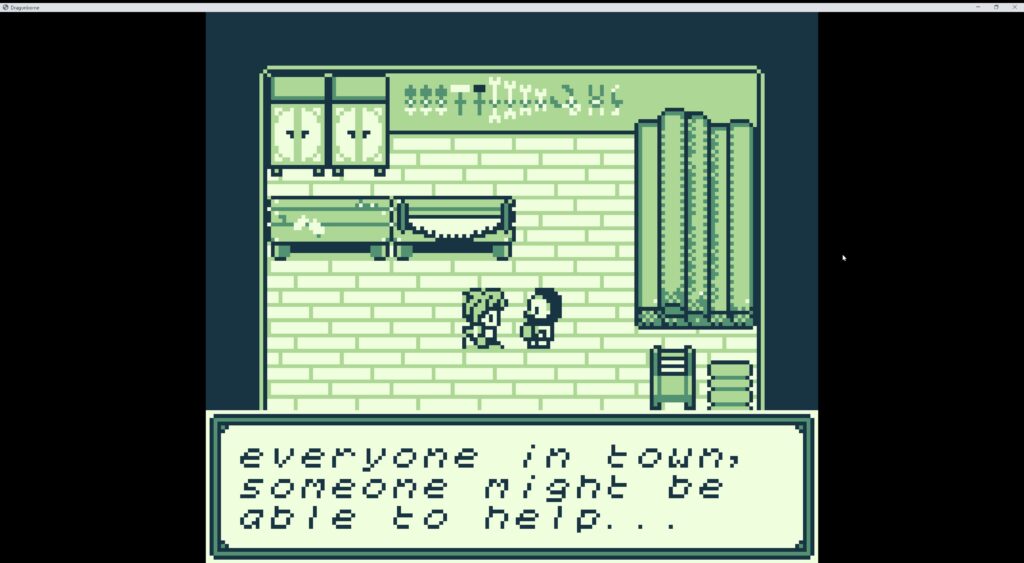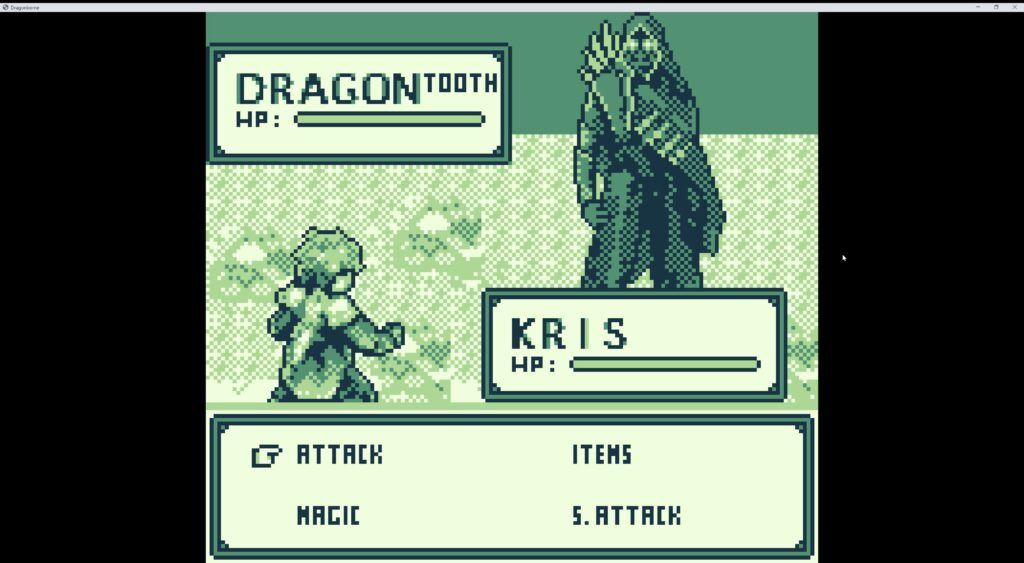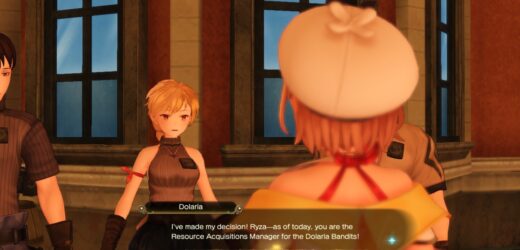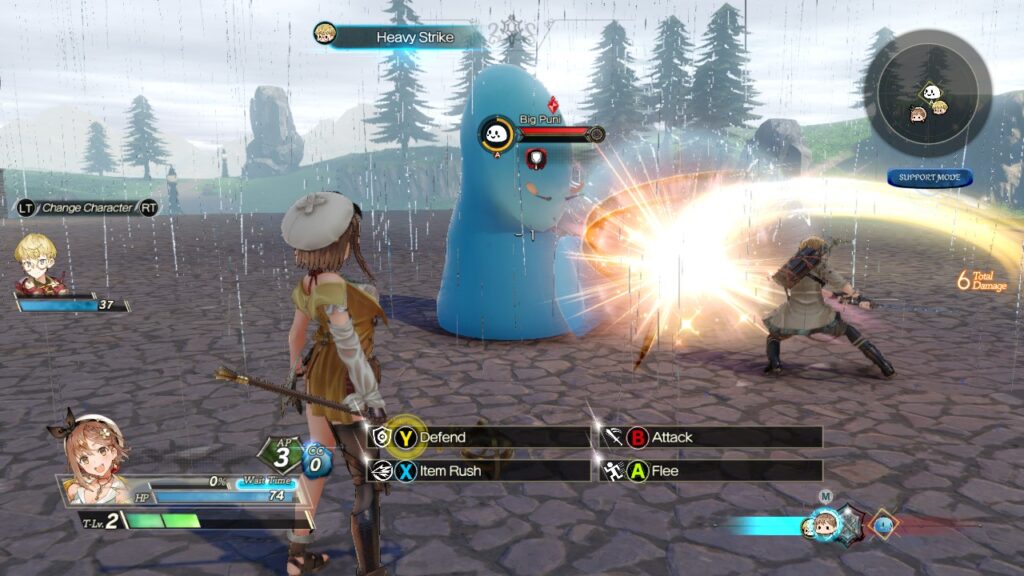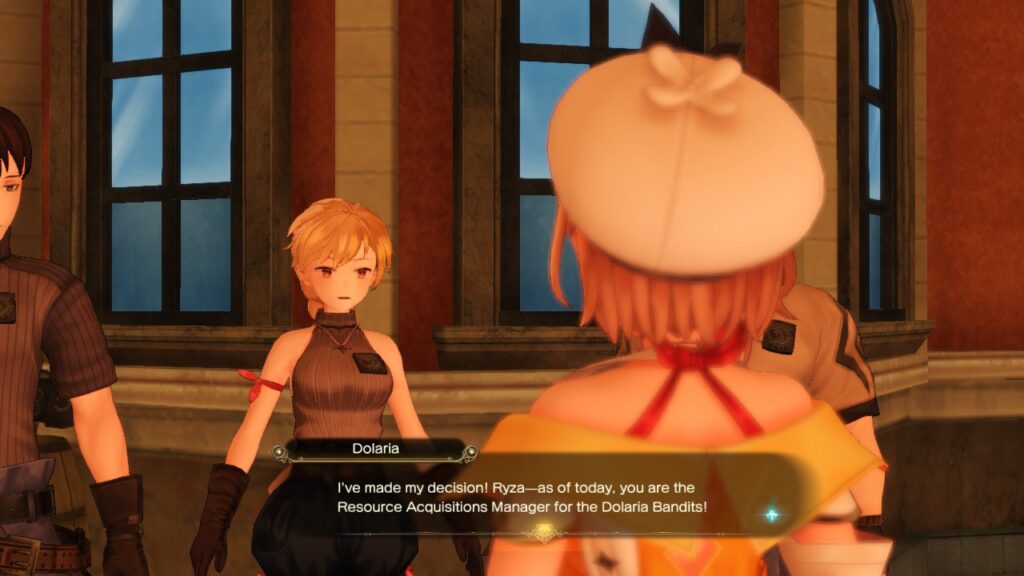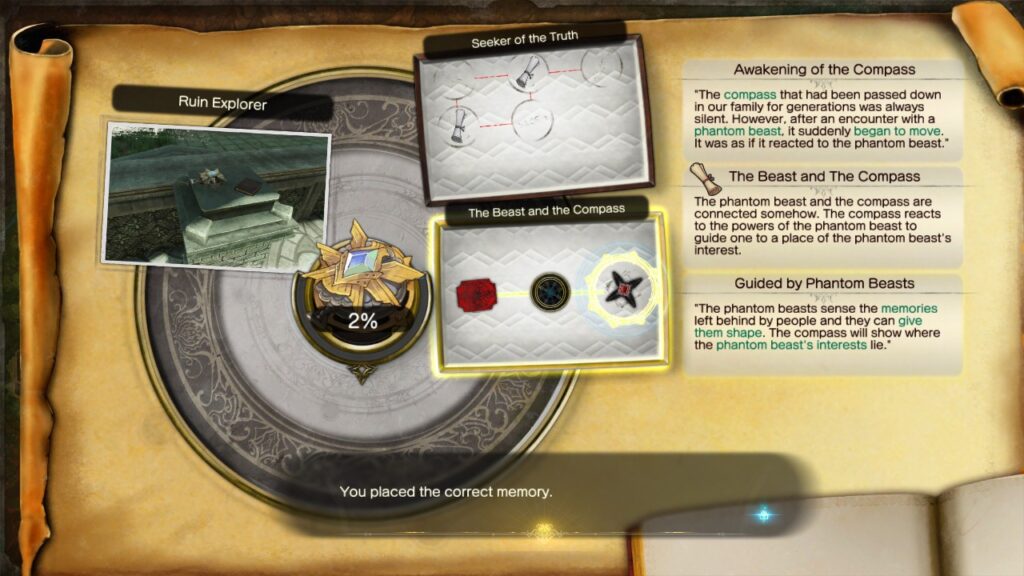Stranger of Sword City Revisited (Review)
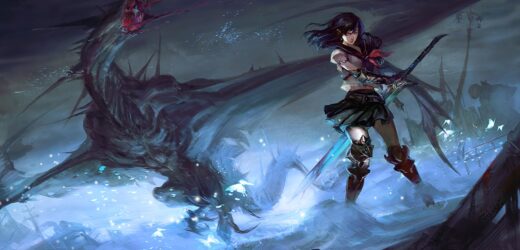
Source: Review Copy
Price: £44.99 (Both this and Saviours of Sapphire Wings, £9.99 for each of the two soundtracks)
Where To Get It: Steam
Oh, I’ve been waiting for this one for a while. Bated breath and everything. Actually, it’s nice that my breath isn’t bated anymore, it was a real hassle. But yes, Stranger of Sword City is being Revisited, and I am very much down for trying it.
After all, when I last saw it, that one samurai guy kicked my ass, and I want to return the favour this time around with more quality of life, y’know?
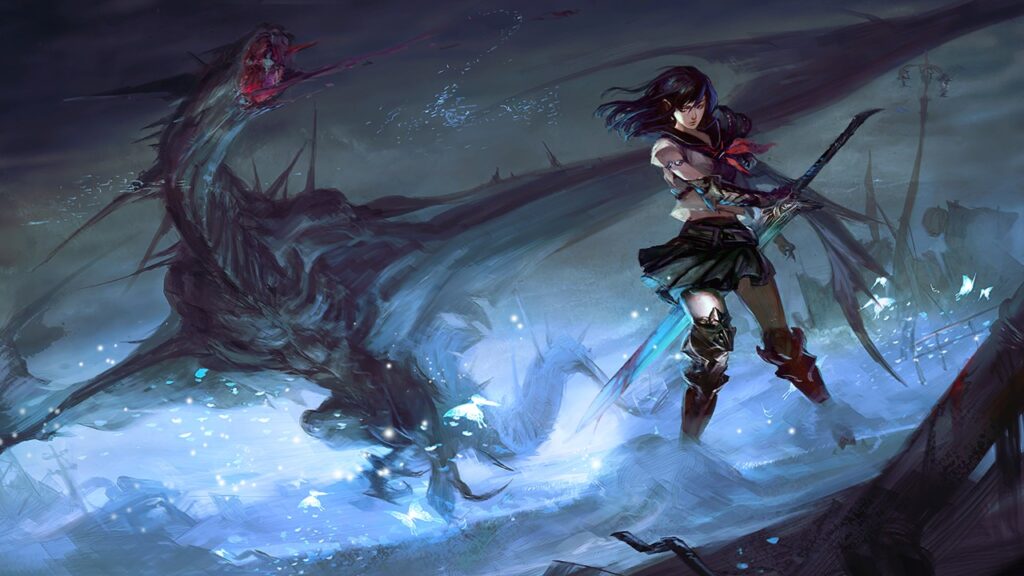
So yes, as mentioned in the Saviors of Sapphire Wings review, this is bundled with said game, and both are step based, grindyish RPGs in the vein of Etrian Odyssey or Wizardry, where you have to take the time to get powerful enough to beat that next asshole that’s blocking progress. You explore maps, you get random encounters and not-so-random encounters and bosses (I wouldn’t dare call any of them, except the beginning goblin, a miniboss), and you try and level up to get more special bosses murdered, to eventually…
Ahhh, but here we get to story, and honestly, I like this: You’ve been transported to a different world, a world where the detritus of multiple worlds ends up, including ours. And you are a chosen soul. Think that’s cool?
Well, it actually means everyone’s after either your allegiance or your head. And there are three major factions, each with their own goals to work with. It’s relatively minimal, with the focus more being on the world and its encounters, but it is interesting stuff, and the world is an asshole.
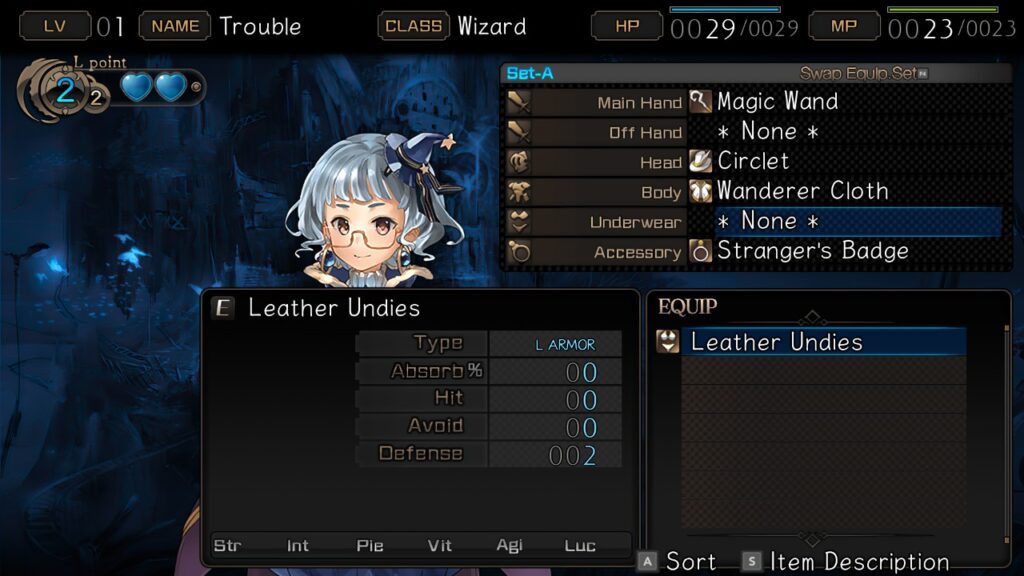
Aesthetically, it works a’ight. There’s a custom uploader for character portraits, but beyond this, and the great character/monster art already in the game, the UX is mostly workmanlike, pretty clear, everything important identified… It’s solid. I can’t really say the sound effects wow me, and the music’s alright, but overall, it’s solid, and that’s cool.
Mechanically… Okay, let’s get one thing out the way right now: If you want a game that respects your time, gives you an experience that doesn’t involve a whole lot of repetition, neither this or Sapphire Wings is it. This is an old school JRPG, and you either grind or die. Now that we have the turnoff out of the way, the game’s systems are relatively simple.
Creating multiple characters is a must for the game, as party members have a limited amount of resurrects, and if you’re not using those, they’re out for quite a while, several dungeon expeditions, in fact. Levelling and classes, well, they have fixed roles, fixed trees, and stat improvement is relatively slow, but consistent. What’s important here is that the game’s length is somewhat increased by keeping characters consistent in levels, and making sure you have backup roles, in order to ensure progression is relatively smooth.
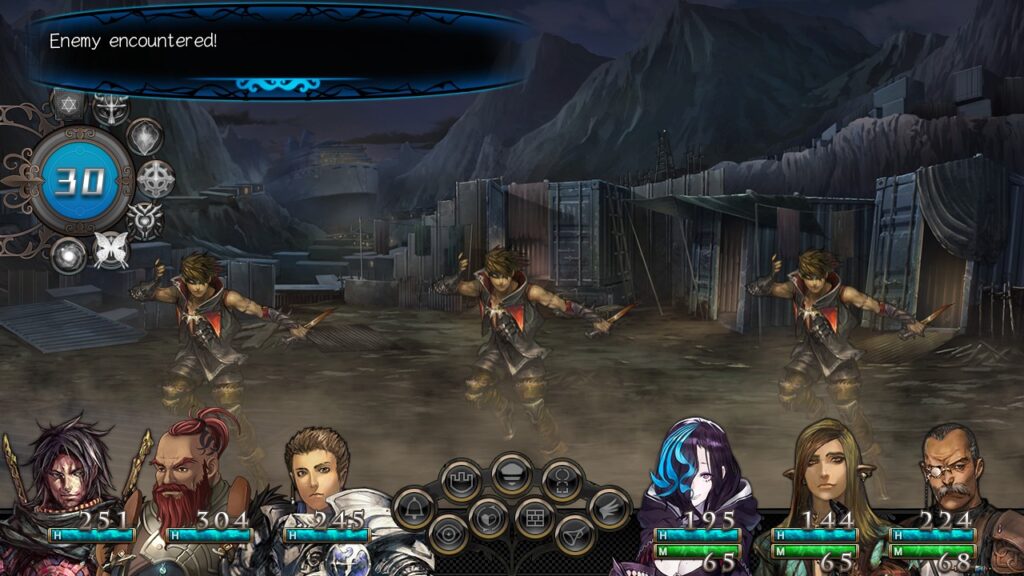
You will get caught off guard by bosses. You will run away from fights. And you will be making use of all your tools, including the new feature, Freemen. Technically, the other “new” classes are not, in fact new (the Puppeteer and the Clocker, who do enemy control and time fuckery respectively), but the Freeman most definitely is, and, at first? Doesn’t seem that useful.
However, even if they can’t take to the field like any of your other heroes, they level up in base like any other party member (At a reduced rate), and their levelling benefits… Make your life easier at home. Better experience gain for folks at the base. Better rates from the smith. Other fine benefits like that.
I could say a lot more, but, apart from the big caveat of “It’s an oldschool JRPG”? It’s a really solid game, and I’d already been looking forward to this Revisited version precisely because I already knew it was a cool member of its subgenre. It comes with Sapphire City, also reviewed this month, so it’s a solid purchase overall. Give it a go, JRPG fans.
I am no stranger to Sword City. We just never got past the hatesmooches phase in our relationship.


